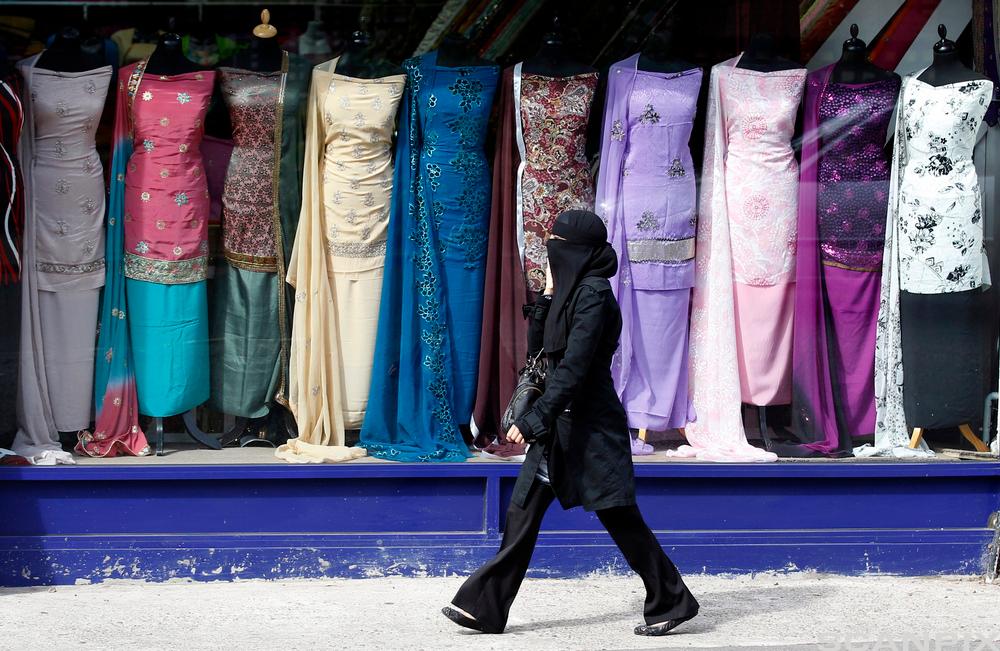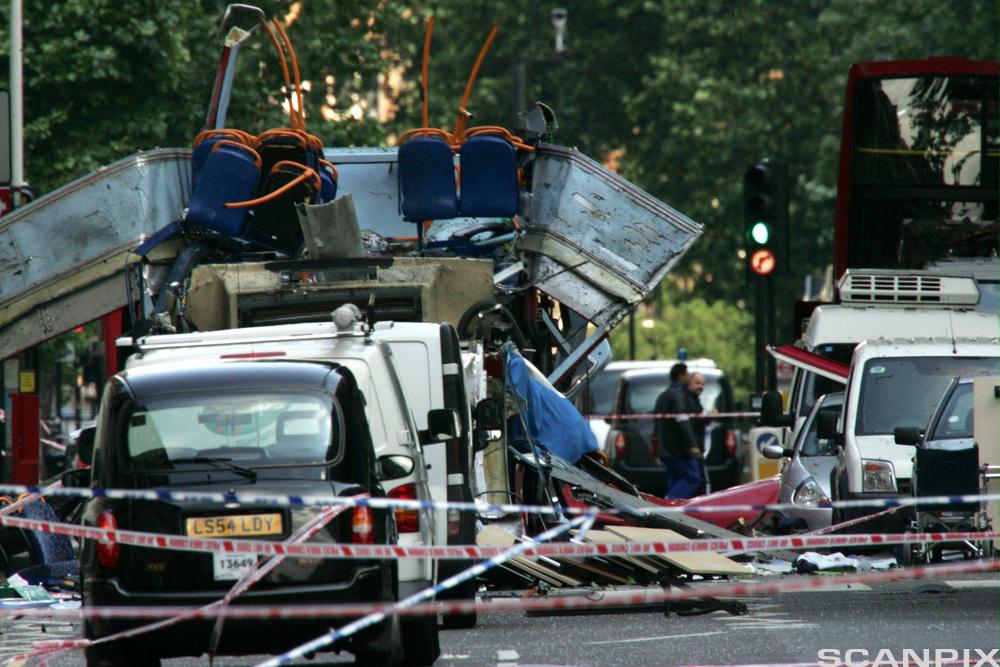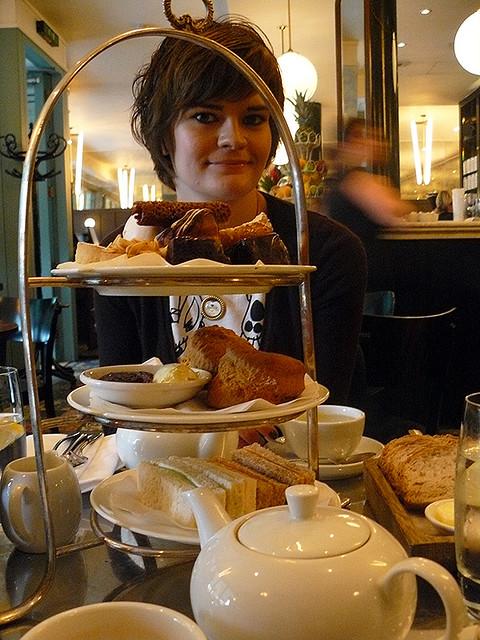
Vocabulary
multi-faith, multicultural, ethnic, minority, irrevocably, pluralistic, demography, correlation, xenophobia, segregation, indigineous, street rallies, antagonism, integration, polarization, alienation, core values

Multicultural Britain is irrevocably tied to immigration, and even more so, to post-war mass immigration from certain parts of the former British Empire. The history of multiculturalism can be told from many perspectives, but for contemporary Britain perhaps the most interesting perspectives are to investigate to what extent a pluralistic society is a threat to the identity of Britishness and how it affects demography. Moreover, at the beginning of the 21st century, the multicultural debate took a new turn, from race relations to religion, religion clearly seen in a cultural context. Interestingly, this was further seen in correlation with the two terror attacks on America and Britain in 2001 and 2005. 9/11 and 7/7, the London bombings, changed many Britons’ perceptions of people from the ethnic minorities and created a feeling of xenophobia. Focus changed from noticeable differences like the colour of skin to differences not so easily detectable like cultural and religious practices. The debate revolved around Islam and its extreme fundamental forms, and the debate sought to highlight reasons for immigrants ending up in terror cells. In the years after 2005, the debate led to an increased polarisation between white Britons and members of ethnic minorities.

The widening gap has caused more segregation and fear in many communities, and has also led to more radical organisations being visible on both sides. The British National Party, a far-right wing political party that restricts its membership to what they call “indigenous Brits”, has had some success in areas with a high density of ethnic minorities. In addition, the English Defence League (EDL) has recruited many members in similar areas and the organisation is famous for its street rallies and demonstrations where they protest against what they see as Islamic extremism and the spread of Sharia laws. At many of their gatherings, there have been violent clashes between different groups with different sympathies, some representing Muslim communities.
Multiculturalism is more an English phenomenon than it is a British one. That is because the majority of ethnic minorities live in England, and more precisely in inner city areas of the former industrial cities. Migration is not so frequent among ethnic minorities and many have lived in these inner city areas for generations. Ethnic minorities constitute about 8 % of the total UK population (60 million) and 9 % of the English population (50 million). The largest groups are Indians and Pakistanis, two groups of people who used to belong to the British Empire, an Empire that went through a process of decolonisation in the post-war period. Immigrants settled in cities where they could find manual work, therefore places like Oldham, London, Manchester, Luton, Birmingham and Bradford, among others, have huge contingents of ethnic minorities.
But when traditional industry lost its footing in these areas in the 1960s and 70s, many of the immigrants became unemployed. In the working class areas, there was fierce competition for work and while white Britons moved out, most of the ethnic minorities stayed. Hence, this resulted in segregated communities where many, especially working class members of ethnic minorities never felt the need to participate in mainstream British society. Especially women were affected by this marginalisation as they often had few contact areas in society at large. A development like this has initiated talks of alienation and parallel societies, which has fostered more intercultural antagonism than dialogue.
It should be noted, however, that many black Britons, particularly in the middle classes, live within the conventional norms of society and have never felt this kind of “otherness”. They have a good education, safe jobs and stay in areas in which these issues are irrelevant. It is often the middle classes, whether white or black Britons, that feel they gain something from a multicultural society while relations may often be more strained in the working classes, as there is more direct competition and confrontation in that part of the social hierarchy.

Multiculturalism indicates a plurality of cultures and hence, identities. In the mid 1980s, Hanif Kureishi wrote in The Rainbow Sign (1986) that white Britons had to learn a new way in which to be British, and that being British is not what it used to be. Immigrants, 2nd and 3rd generations of first comers, became part of British society and claimed their right to be British as they came from former colonies with British passports. Britishness as a national identity therefore has to be constantly reassessed, adopted to changing circumstances. Many black Britons have struggled to become British, they have found themselves caught between a homeland culture, for example Asian, African or Caribbean, and Britishness. Being an “in-between” has created a variety of problems for black Britons, and many feel pushed to the periphery of society especially after 9/11 and 7/7.
Politicians generally find it difficult to grapple with the complex issue of multiculturalism. In a 2011 speech in Munich, Prime Minister David Cameron claimed that British state multiculturalism had failed and that the political initiatives had encouraged segregation rather than integration. He said that many Britons, regardless of background, did not recognise their own country. Cameron was both praised and criticised for his brave speech, although many ethnic minorities felt he blamed them for lack of integration. The danger with such speeches, even though it is important to address the issues, is the backlash effect, that all the different groups making up Britain take refuge in their trenches. Then one ends up with the opposite effect of what is intended, namely increasing polarisation rather than the attempt to embrace some core values that could be looked upon as British, whether you are a white or a black Briton.
Tasks and Activities
Discuss
Discuss and take notes in pairs or in groups
- Define multiculturalism and account for reasons why Britain became such a pluralistic society.
- Discuss how multiculturalism is related to the notion of class.
- Find out more about ethnic minorities and education. What sort of challenges can be encountered in this area?
- Try and map out the benefits of living in a pluralistic society? What has Britain gained from being multicultural?
- Racism has been a huge problem within sports. Make a project on how to tackle racism in sports and suggest measures that could be taken for this to be reduced.
Further Reading and Research
David Cameron's Speech On Terrorism and Multiculturalism